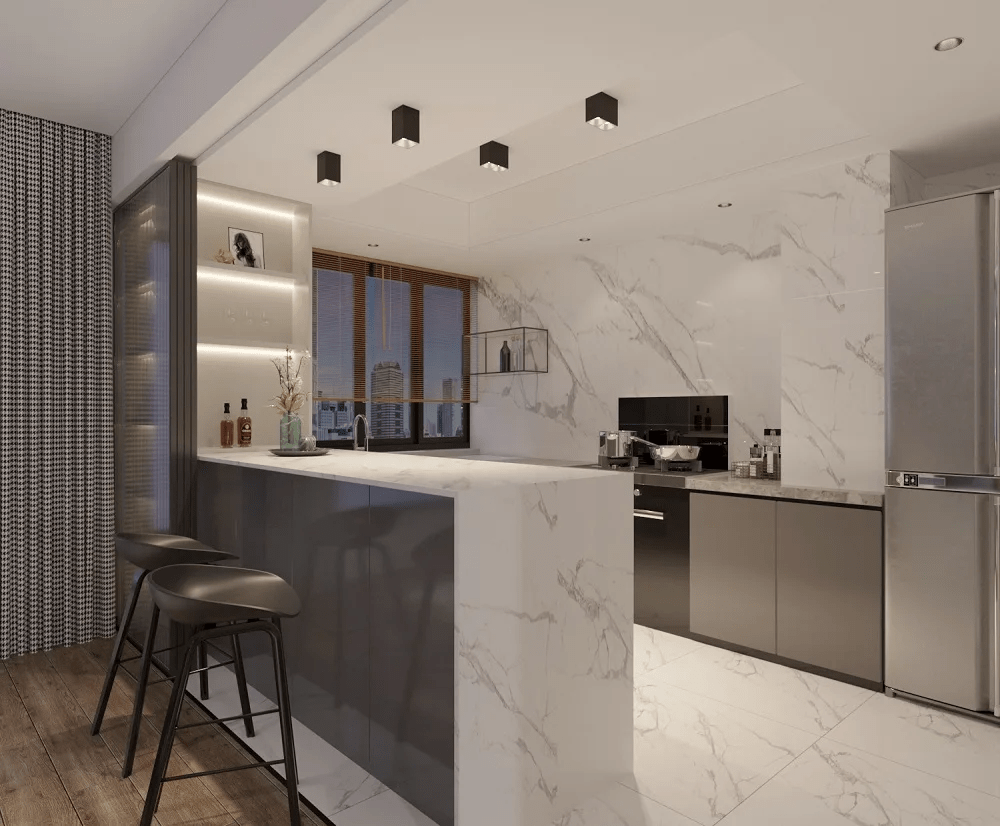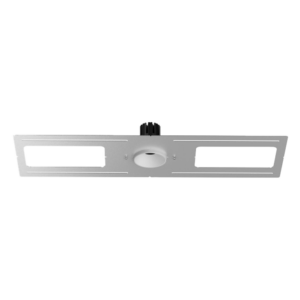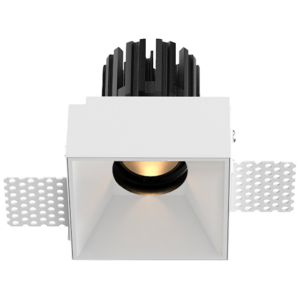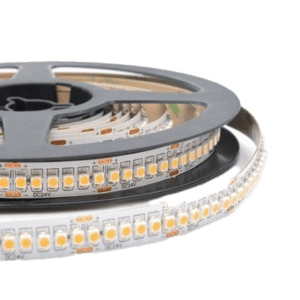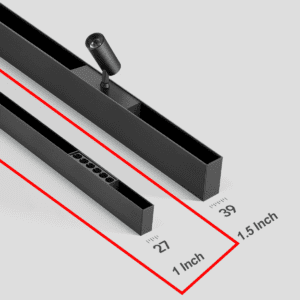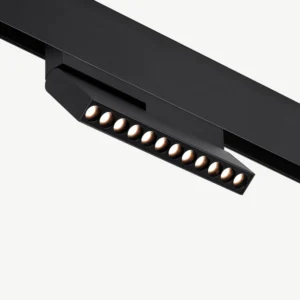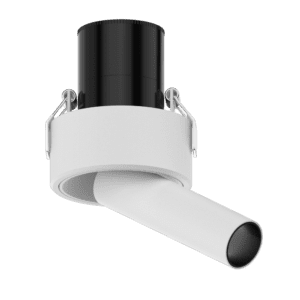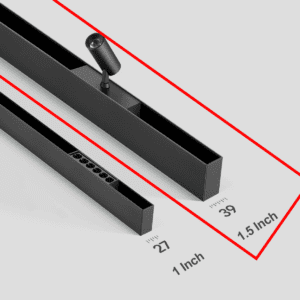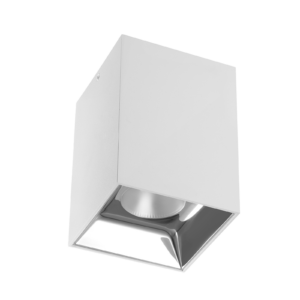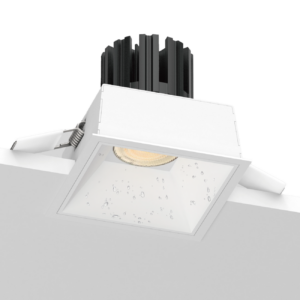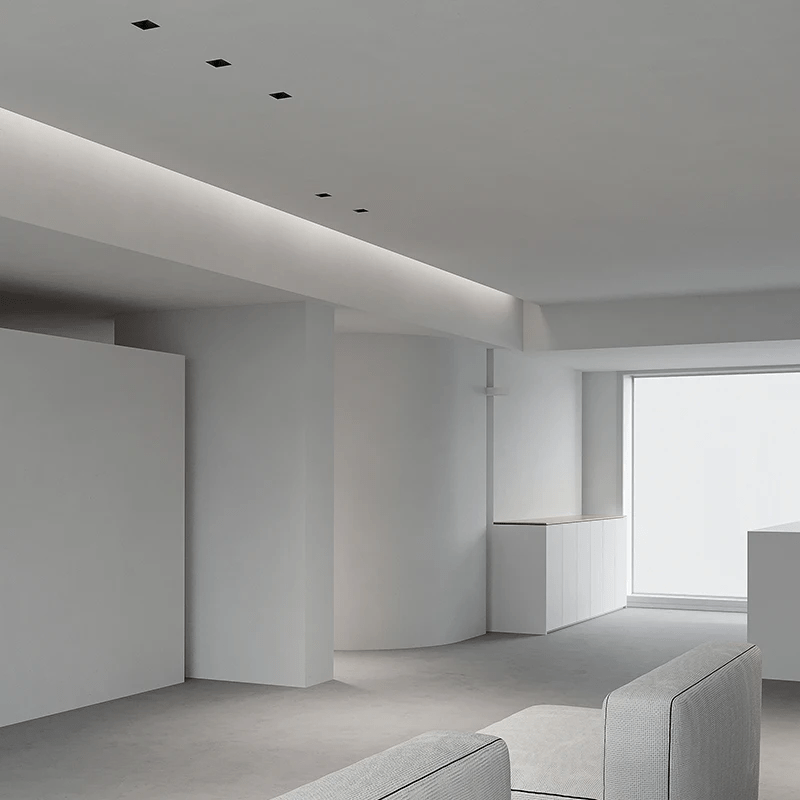In the realm of luxury interior design, proper lighting transcends mere functionality to become a pivotal element in creating atmosphere, highlighting architectural features, and showcasing curated collections. Accent lighting, when masterfully executed, can transform an already beautiful space into a truly exceptional environment. This article explores sophisticated accent lighting techniques that can elevate high-end residential spaces to their fullest potential.
The Art and Science of Accent Lighting
Accent lighting serves as the artistic layer of a comprehensive lighting plan, providing focused illumination that draws attention to specific features while creating visual interest and depth. In luxury homes, this technique becomes particularly powerful when integrated thoughtfully with ambient and task lighting.
Key Principles:
- Contrast Ratio: Professional lighting designers typically aim for a 3:1 or 5:1 ratio between accent lighting and general ambient lighting. This creates enough contrast to highlight features without producing harsh transitions.
- Beam Control: The precision of light distribution is crucial in high-end applications. Adjustable fixtures that allow for beam angle customization offer greater flexibility.
- Quality of Light: High CRI (Color Rendering Index) values of 90+ ensure that colors appear true and vibrant, essential when illuminating valuable artwork or architectural details.
Architectural Accent Lighting
Grazing Techniques
Positioning fixtures close to textured surfaces such as stone walls, brick facades, or custom millwork creates dramatic shadows that emphasize the material’s texture. This technique works particularly well on:
- Stacked stone feature walls
- Custom textured plaster finishes
- Fluted wood paneling
- Dimensional tile installations
Cove and Soffit Lighting
Concealed linear lighting within architectural recesses creates a floating effect and highlights ceiling details:
- Integrate LED strips within coffered ceilings to accentuate depth
- Use warm-dimming technology in soffits to maintain a luxurious ambiance at lower light levels
- Consider RGBW options for subtle color shifts that can transform the mood of formal entertaining spaces
Wall Washing
This technique bathes vertical surfaces in even illumination, making spaces appear larger and more open:
- Install adjustable recessed fixtures approximately 24-30 inches from the wall
- Use asymmetrical distribution optics for more even coverage
- Consider wall-washing fixtures with “dead front” designs that disappear into the ceiling when not in use
Art and Collection Highlighting
Picture Lights and Art Spotlights
Proper illumination of fine art requires specialized fixtures:
- Museum-quality picture lights with adjustable beam spreads and focused optics
- Framing projectors that precisely illuminate canvases while avoiding frames
- Fiber optic systems that eliminate UV and IR emissions for sensitive works
Display Case Illumination
Collectibles and objets d’art benefit from carefully positioned miniature lighting:
- Ultra-small LED puck lights with honeycomb louvers for glare control
- Linear LED strips with high-density LEDs for even illumination
- Integrated shelf lighting with custom lenses for jewelry and crystal displays
Sculptural Element Lighting
Three-dimensional art pieces require thoughtful multi-angle illumination:
- Cross-lighting techniques using multiple fixtures to reveal form and texture
- Adjustable accent lights that can be reconfigured as collections change
- Narrow beam spotlights to create dramatic highlights and shadows
Landscape Connection
Indoor-Outdoor Lighting Harmony
Extending accent lighting to exterior spaces creates a seamless transition:
- Illuminate specimen trees or architectural plantings visible from interior spaces
- Light courtyard water features or sculptures to create nighttime focal points
- Use similar color temperatures and fixture styles for visual continuity
Dramatic Façade Illumination
Accentuate the home’s exterior architectural features:
- Reveal structural elements with up-lighting from concealed in-ground fixtures
- Highlight column details with grazing techniques
- Create depth with layered lighting that emphasizes different planes of the façade
Advanced Technology Integration
Smart Lighting Control
Sophisticated control systems transform how accent lighting functions:
- Astronomical timers that adjust lighting based on sunrise and sunset
- Scene-setting capabilities that recall precise combinations of accent lighting
- Circadian rhythm programming that subtly shifts color temperature throughout the day
Tunable White Systems
The ability to adjust color temperature offers unprecedented flexibility:
- Morning settings with cooler tones to complement natural daylight
- Evening transitions to warmer temperatures that enhance relaxation
- Seasonal adjustments that respond to changing quality of natural light
Precision Dimming
High-end spaces require flawless dimming performance:
- Fade-to-black capability without visible stepping
- Smooth ramp rates that gradually transition between lighting scenes
- Synchronized dimming across different lighting technologies (LED, incandescent, etc.)
Material-Specific Techniques
Illuminating Luxury Finishes
Different materials require tailored lighting approaches:
- Marble and Onyx: Backlight translucent stone elements to reveal inner structure and veining
- Precious Metals: Use high CRI sources to accurately render gold, silver, and bronze finishes
- Crystal and Glass: Position lighting to create deliberate reflections and refractions
- Exotic Woods: Warm-toned lighting to enhance the natural grain and depth of fine woodwork
Conclusion
The thoughtful application of accent lighting in high-end residential spaces demonstrates a commitment to design excellence that distinguishes truly exceptional homes. By employing these sophisticated techniques, designers and homeowners can create spaces that not only showcase architectural features and collections but also evoke emotional responses and enhance the lived experience of luxury environments.
When executed with precision and restraint, accent lighting becomes an invisible enhancement—felt rather than seen—that elevates high-end residential spaces from impressive to extraordinary.
